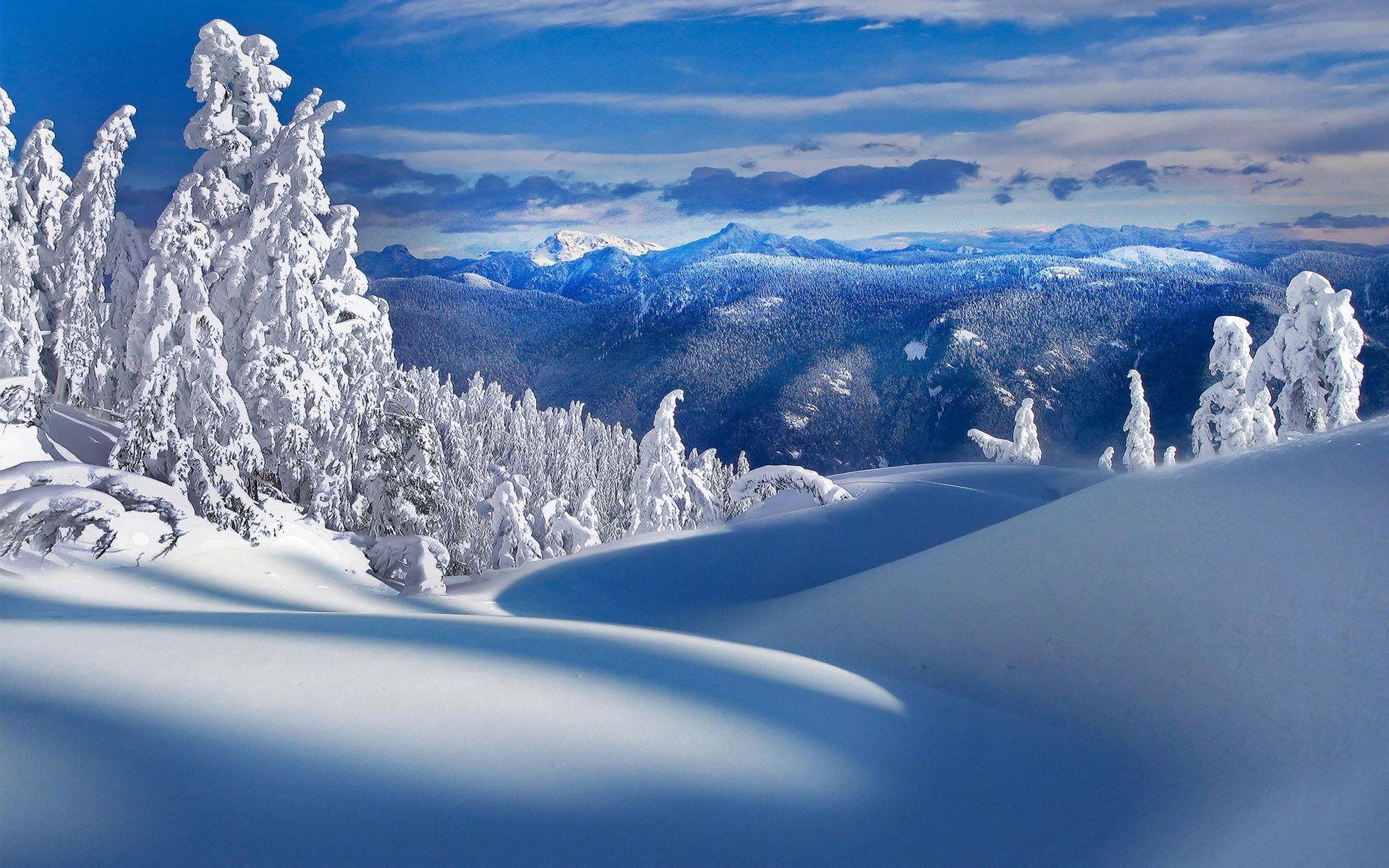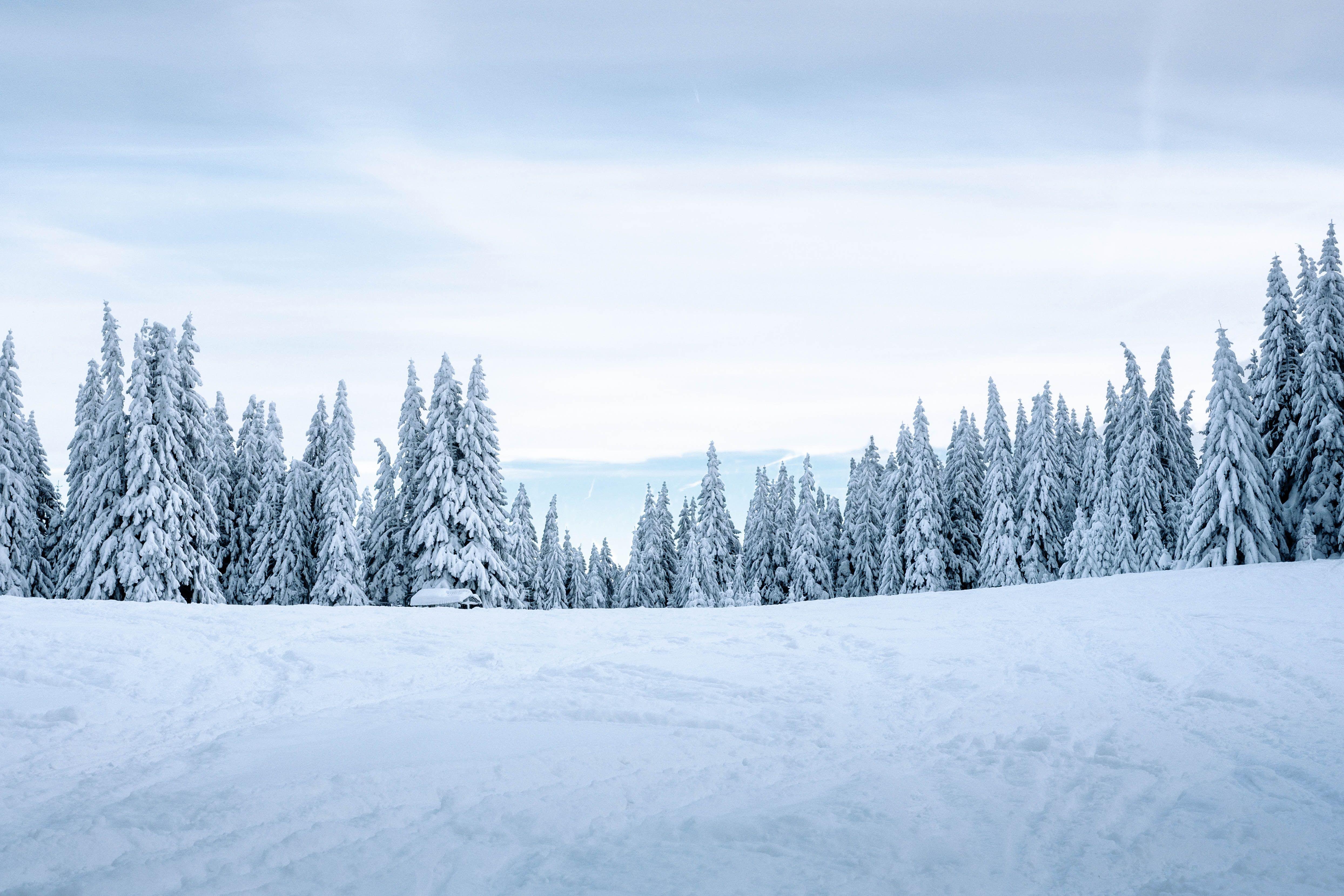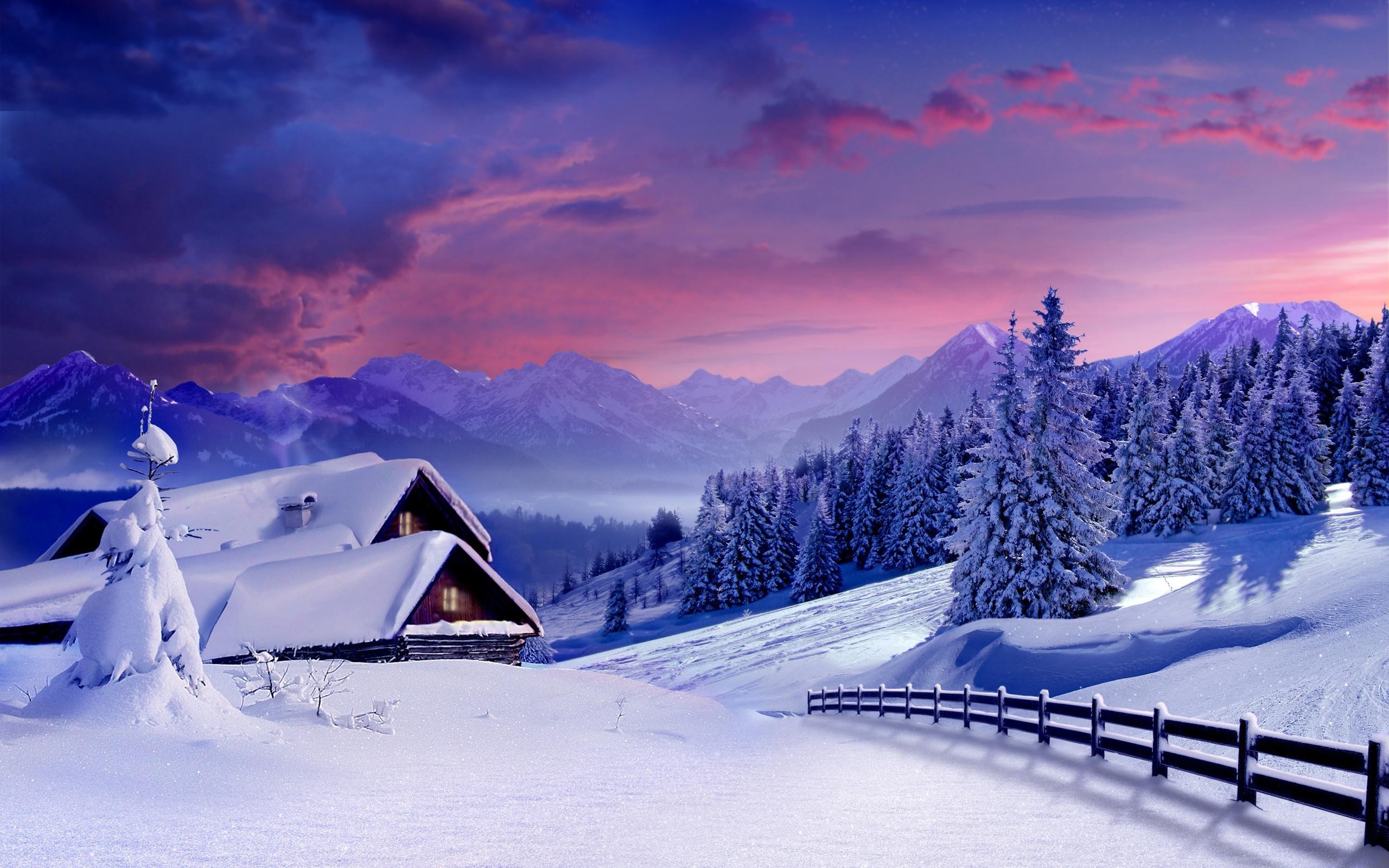Are you thinking about hitting the slopes when the calendar flips to March? It's almost a perfect time, that is that, for many snow enthusiasts. The idea of snow skiing in March holds a special charm, offering a different kind of mountain experience compared to the peak winter months. This period often brings a unique blend of warmer temperatures, softer snow, and a more relaxed atmosphere on the hills. It's a fantastic opportunity to enjoy the sport without some of the usual winter challenges.
For those who love the crisp air and the feeling of gliding down a snow-covered mountain, March skiing can be incredibly appealing. You might find fewer crowds, which means more open runs and shorter lift lines. The sun feels warmer on your face, and the days are noticeably longer, allowing for more time to play outside. It's a chance to extend your ski season and soak up some sunshine while still enjoying the winter wonderland.
Whether you're a seasoned skier or someone just starting out, understanding what makes March skiing special can really help you plan a great trip. We'll explore why this month might just be your new favorite time to visit a ski resort, looking at everything from the snow itself to what you might expect from the weather. So, get ready to discover the joys of a spring ski adventure.
Table of Contents
- Why Consider Snow Skiing in March?
- Understanding March Snow
- Top Spots for March Skiing
- Preparing for Your March Ski Adventure
- Frequently Asked Questions About March Skiing
- Conclusion
Why Consider Snow Skiing in March?
There are many good reasons why snow skiing in March appeals to so many people. It's almost like a secret season, offering some distinct advantages that you won't always find during the colder, busier parts of winter. This time of year can transform a ski trip into something truly special, a bit different from the usual. You get to experience the mountains as they transition from deep winter to the first hints of spring.
Enjoyable Weather and Snow Conditions
One of the biggest draws of March skiing is the weather. You often get sunnier days and milder temperatures, which makes being outdoors much more pleasant. It's not uncommon to ski in just a light jacket, or even a fleece, rather than bundling up in layers of heavy gear. This can make the whole experience feel less strenuous and more relaxed, as a matter of fact.
The snow itself changes too. While you might not get the deep, dry powder of mid-winter, March often brings what skiers call "corn snow." This happens when the snow melts slightly during the day and then refreezes overnight, creating small, soft kernels that are a joy to ski on. It's a very forgiving surface, and many people actually prefer it, especially later in the day. Of course, fresh snow can still fall in March, adding to the fun, sometimes.
Fewer Crowds, More Space
Another big benefit is the reduction in crowds. After the busy holiday periods and mid-winter rush, March sees fewer people on the slopes. This means less waiting in lift lines, more space to make your turns, and a generally more peaceful atmosphere at the resort. You can really spread out and enjoy the mountain at your own pace, which is often a big plus for families or those who like a bit more quiet. It's really quite noticeable.
Finding a spot for lunch at the lodge or getting a table at a restaurant in town becomes much easier. This can make your entire trip feel more relaxed and less rushed. You might even find parking is less of a hassle, too, which is always a bonus when you're trying to get to the lifts. So, for a more laid-back ski trip, March is often a great choice.
Better Deals and Value
Resorts often offer better deals on lodging, lift tickets, and equipment rentals in March. As the peak season winds down, many places try to attract visitors with special promotions and discounts. This can make a ski vacation much more affordable, allowing you to perhaps stay longer or enjoy more of the resort's amenities. You know, it's pretty common.
It's a smart way to get more value for your money. You might find packages that include lodging and lift tickets at a reduced rate, or even discounts on ski lessons. This makes snow skiing in March not just a pleasant experience, but also a budget-friendly one for many. It's worth looking into these offers before you book your trip, as a matter of fact.
Understanding March Snow
To really get the most out of snow skiing in March, it helps to understand a little bit about the snow itself and how weather plays a role. Snow is a truly fascinating natural phenomenon, and its behavior in late winter can be a bit different. Knowing what to expect can help you pick the right gear and plan your days on the mountain, naturally.
The Nature of Late-Season Snow
Snow consists of individual ice crystals that grow while suspended in the atmosphere—usually within clouds—and then fall, accumulating on the ground where they undergo further changes. In March, with warmer days, this accumulation often starts to transform. The snow can become heavier and wetter, especially on south-facing slopes. This is where that "corn snow" comes from, as it melts and refreezes.
This kind of snow can be a lot of fun to ski, but it requires a bit more effort than light powder. Your skis might feel a little slower, and you'll need to work a bit more to turn. However, it's also very stable and predictable, which can be great for building confidence. It's not usually as icy as early-season snow, which is a nice change, sometimes.
How Snow Forms and Accumulates
Snow is precipitation that forms when water vapor freezes. It falls as ice crystals from clouds when temperatures drop below freezing and there is enough humidity in the air. During the winter, snow collects and can cover vast areas; annually, snow covers as much as 46 million square kilometers of the northern hemisphere. This accumulation is what builds the base for ski resorts.
Even in March, new snow can fall. These snowflakes are clusters of ice crystals generally less than 1.3 cm in diameter. A late-season snowstorm can transform conditions overnight, bringing a fresh layer of soft, white snow. This is why checking forecasts is so important, because you might just catch a surprise powder day, you know. Snow is most common in high altitudes and high latitudes, particularly among the mountainous regions of the northern and southern hemispheres, which is exactly where ski resorts tend to be.
Checking Forecasts for Your Trip
Instead of spending hours sifting through weather information, you can find accurate and detailed weather forecasts for your ski destination. Just like live weather reports are available for places like Palembang weather stations, or the Yangpu district in Shanghai, you'll want to find very specific reports for your chosen ski hill. These reports often include hourly temperature, chance of rain, and sunshine hours, along with precipitation radar and HD satellite images.
Knowing the forecast is key for March skiing. You'll want to know if it's going to be a sunny, warm day, or if there's a chance of scattered thunderstorms or new snowfall. For instance, a forecast might show "scattered thunderstorms this morning, then mainly cloudy during the afternoon with thunderstorms likely," or mention "minimum 27°c" and "southwest wind 10 to 15 km/h" with a "rain chance 90%." While these specific examples might be for very different climates, they show the detail you can expect for your ski area. Always look for professional weather forecasts for the mountains, as conditions can change quickly. These data are sometimes unofficial and provisional, so checking multiple sources is a good idea. Today's temperature is forecast to be nearly the same as yesterday, which can give you a good idea of what to expect.
Top Spots for March Skiing
When planning snow skiing in March, certain types of locations tend to hold their snow better and offer more reliable conditions. It's usually about elevation and latitude, since those factors play a big part in keeping the snow around. You'll want to look for places that naturally get a lot of snow and stay cold enough for it to last, you know.
High-Altitude Havens
Resorts located at very high altitudes are typically the best bet for March skiing. The air is colder at higher elevations, which helps preserve the snowpack even when temperatures are rising in the valleys below. Places in the Rocky Mountains or the Alps, for example, often have runs open well into spring. These areas benefit from consistent cold and often receive significant snowfall throughout the winter, building a deep base that can withstand warmer spells.
You'll often find that the upper mountain areas at these resorts offer the best conditions, even if the lower slopes start to get slushy. It's really quite amazing how much difference a few thousand feet of elevation can make. These high-up spots are usually a safe bet for good snow, even late in the season, pretty much.
Northern Latitudes' Lasting Snow
Similarly, resorts located in higher northern latitudes tend to have longer ski seasons. Think about places in Canada, or the northern parts of the United States. These regions naturally experience colder overall temperatures and longer winters, meaning their snowpack lasts longer into the spring. They might not always have the highest peaks, but their general climate keeps the snow around.
Even if the sun is out, the cooler ambient temperatures prevent rapid melting. This makes them a solid choice for snow skiing in March, especially if you're looking for consistent conditions without having to go to extreme altitudes. It's a pretty reliable option for extending your ski season, really.
Preparing for Your March Ski Adventure
Getting ready for snow skiing in March involves a few different considerations compared to a mid-winter trip. Because the weather can be more variable, you'll want to be prepared for a range of conditions. It's a bit like packing for two seasons at once, in a way.
What to Pack
Layering is key for March skiing. You might start the morning in colder temperatures, but by midday, the sun could be quite strong. Pack a waterproof outer shell, but consider lighter mid-layers like a fleece or even just a long-sleeve base layer for warmer afternoons. Sunglasses are a must, as the sun reflecting off the snow can be very bright. Sunscreen is also incredibly important to protect your skin, you know.
Don't forget lighter gloves or mittens for warmer days, in addition to your heavier winter ones. You might also want a lighter hat or even just a headband for when the sun is out. Think about what you'd wear for a spring hike, but with the added protection for snow. It's a balance, basically.
On-Slope Strategies
When you're out on the snow, pay attention to how the conditions change throughout the day. South-facing slopes will soften up first, sometimes becoming very slushy by afternoon. North-facing slopes, however, might stay firmer or even icy for longer. Start your day on the firmer, colder runs, and then move to the softer, sunnier slopes as they warm up. This strategy helps you find the best snow all day long.
Be aware of changes in snow consistency. Heavy, wet snow can be tiring, so take breaks often. Your skis might feel a bit sticky, so adjust your technique slightly, maybe keeping your weight a little more forward. It's a good time to practice different turns and really feel the snow. It's often a very forgiving surface to learn on, too.
Safety First
Even though the weather might feel milder, mountain safety is still very important. Always ski with a buddy, and know your limits. Be aware of changing snow conditions, especially if it gets very warm and slushy, as this can make skiing more challenging. Pay attention to resort signage and closures, as some areas might close due to melting or other hazards. You know, just like any outdoor activity, being prepared is key.
Hydration is also crucial, especially with the warmer sun. Drink plenty of water throughout the day. If you're going into the backcountry, always check avalanche forecasts and carry appropriate safety gear. While March skiing is often about fun and sun, it's still a mountain environment, and respecting it is always a good idea. Learn more about mountain safety on our site, and link to this page for more weather-related safety tips.
Frequently Asked Questions About March Skiing
People often have questions about snow skiing in March, especially if they've only skied in the heart of winter. Here are some common things people wonder about.
Is March good for skiing?
Yes, March can be very good for skiing, actually! Many people find it to be one of the best months because of the milder weather, longer daylight hours, and often fewer crowds. While the snow might be softer or more "spring-like" than mid-winter powder, it can be very enjoyable and forgiving. It's a different kind of ski experience, but a very pleasant one, often.
Where is the best snow in March?
The best snow in March is typically found at high-altitude resorts or those in northern latitudes that naturally have colder climates. These places tend to retain their snowpack longer and are more likely to receive fresh snowfall late in the season. You'll want to look for resorts with a good base depth and a reputation for long seasons, pretty much.
What are the advantages of skiing in March?
There are several great advantages. You get to enjoy warmer temperatures and sunny days, which makes for very comfortable skiing. There are often fewer people on the slopes, meaning shorter lift lines and more open space. Plus, you can often find better deals on lodging and lift tickets, making it a more affordable trip. It's a relaxed and enjoyable time to be on the mountain, usually.
Conclusion
Snow skiing in March offers a delightful and unique experience for anyone who loves the mountains. With its blend of agreeable weather, reduced crowds, and often better value, it presents a compelling reason to extend your ski season. The changing nature of the snow, from deep winter accumulation to softer spring conditions, provides a different kind of challenge and enjoyment. Understanding how snow forms and checking detailed forecasts can help you make the most of your trip. So, if you're thinking about one last mountain escape, consider planning your snow skiing adventure for March. It could just become your favorite time to hit the slopes!



Detail Author:
- Name : Dr. Verdie Johnston
- Username : karelle.hauck
- Email : madonna.will@gmail.com
- Birthdate : 2002-01-29
- Address : 365 Lynch Mill Suite 377 Townebury, MA 77262-3299
- Phone : (734) 603-0119
- Company : Gibson-Rutherford
- Job : Precision Aircraft Systems Assemblers
- Bio : Quo saepe nulla perspiciatis illo quos. Ea accusantium et aut omnis. Nobis optio illum quos dolores.
Socials
instagram:
- url : https://instagram.com/emelia.dach
- username : emelia.dach
- bio : Error maiores deleniti eum. Deserunt sunt quis et a. Ut sed rerum nam accusamus a laborum.
- followers : 4522
- following : 1654
facebook:
- url : https://facebook.com/emelia_dev
- username : emelia_dev
- bio : Quisquam cumque dolorum nostrum id aut.
- followers : 3068
- following : 622